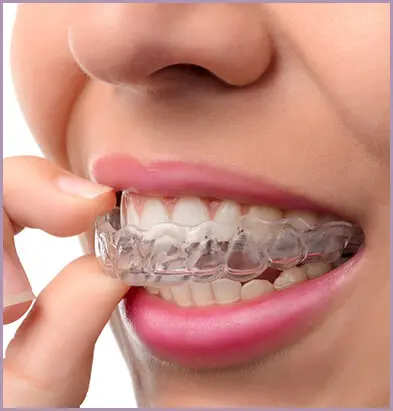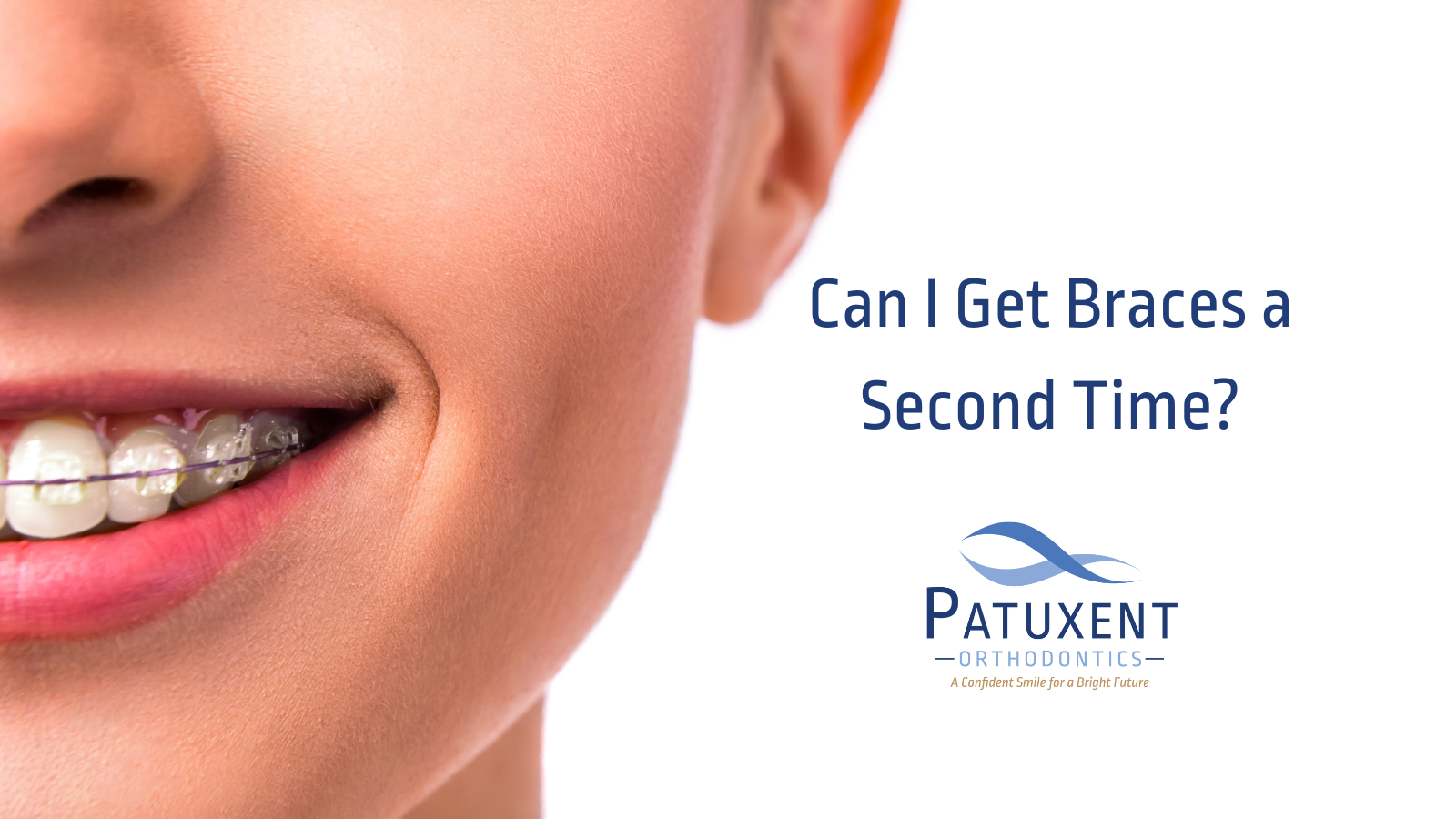Finding the Right Cumming Orthodontist for Your Braces and Aligners Needs
Comprehensive Guide to Orthodontics Procedures for Correcting Dental Imbalances
Recognizing the complexities of each treatment, including their mechanisms, benefits, and potential downsides, is essential in making notified choices regarding one's orthodontic treatment. As we browse via the extensive overview to orthodontic treatments for correcting dental imbalances, the detailed information of each method will unfold, shedding light on the course toward a unified and functional oral placement.
Orthodontic Procedures Introduction

In addition to conventional dental braces and clear aligners, orthodontists may also suggest various other treatments like headgear, palatal expanders, or retainers to address certain placement issues (cumming invisalign). These treatments are tailored per person's special requirements and may involve a mix of therapies to achieve the desired results. Normal adjustments and tracking are critical parts of orthodontic therapy to make sure progress is on track and to make any type of necessary modifications along the road. By undergoing orthodontic treatments, people can not only attain a straighter smile however likewise improve their total oral health and feature.
Conventional Dental Braces: Exactly How They Function
When taking into consideration orthodontic therapies for oral imbalances, standard dental braces stand out as a reliable method for remedying teeth placing. Typical braces contain braces, cables, and bands that collaborate to apply constant pressure on the teeth, gradually relocating them right into the wanted positioning. The braces are affixed to the teeth utilizing an unique adhesive, and the wires are threaded through the braces. By changing the tension of the cables, orthodontists can manage the direction and pressure put on each tooth, leading them into proper alignment gradually.
One trick element of just how typical dental braces job is the procedure of bone makeover. As pressure is put on the teeth via the braces, the bone bordering the teeth is reshaped to sustain the brand-new tooth settings. This improvement is important for the lasting security of the remedied positioning. People will require routine modifications at the orthodontist's workplace to ensure the braces remain to apply the proper pressure for effective teeth movement.
Undetectable Aligners: Cons and pros
Undetectable aligners offer a convenient and very discreet choice to conventional dental braces for correcting oral imbalances. These clear, tailor-made trays are basically invisible when used, making them an attractive option for people seeking a much more cosmetically pleasing orthodontic therapy. One of the key advantages of unnoticeable aligners is their removability, permitting easier maintenance of dental hygiene contrasted to standard dental braces. Clients can remove the aligners prior to consuming or brushing their teeth, reducing the danger of food obtaining stuck in the appliance and simplifying the cleansing process.

Surgical Orthodontic Options
Surgical interventions in orthodontics existing viable options for dealing with complex oral imbalances that might not be successfully solved through standard orthodontic treatments. While unseen aligners and typical braces can fix several orthodontic problems, particular instances require surgical treatment to accomplish optimal outcomes. Surgical orthodontic choices are usually recommended for serious malocclusions, substantial jaw discrepancies, and cases where the underlying bone framework needs modification to accomplish appropriate alignment.
One typical medical orthodontic treatment is orthognathic surgery, which entails repositioning the jaws to deal with practical concerns such as trouble additional info talking or chewing. This surgical treatment is commonly carried out in collaboration with an orthodontist who aids line up the teeth before and after the treatment. Surgical orthodontics may likewise entail procedures to reveal influenced teeth, remove excess periodontal tissue, or improve the jawbone to produce a much more unified face account.
Before thinking about medical orthodontic choices, clients go through a thorough examination to determine the requirement and possible benefits of such treatments. orthodontics. While surgery may appear difficult, it can dramatically enhance both the function and looks of the smile in cases where traditional orthodontic therapies fail
Retainers and Post-Treatment Treatment

Failing to conform with post-treatment care directions can result in regression, where the teeth progressively relocate back towards their original placements. Constant retainer wear, good dental hygiene, and regular dental examinations are vital for maintaining the outcomes accomplished via orthodontic surgical treatment and making sure the long-lasting security of the remedied oral positioning.
Conclusion
In verdict, orthodontic treatments offer various alternatives for dealing with dental misalignments. Surgical orthodontic choices are available for more serious imbalances. Overall, orthodontic procedures can effectively enhance oral wellness and visual appearance.
As we browse with the comprehensive overview to orthodontic procedures for remedying dental imbalances, the complex details of each method will certainly unfold, losing light on the path toward a unified and functional dental alignment. - orthodontist
One of the most usual orthodontic therapies is the usage of braces, which consist of steel brackets and wires that apply mild stress to gradually change teeth into the preferred placement.When taking important source into consideration orthodontic therapies for dental imbalances, traditional dental braces stand out as a tried and true approach for correcting teeth placing. In addition, unnoticeable aligners might not be suitable for complex orthodontic concerns that need even more considerable teeth motion, as they are normally suggested for light to modest instances. Retainers are custom-made orthodontic gadgets created to hold teeth in their fixed positions after the completion of orthodontic therapy.